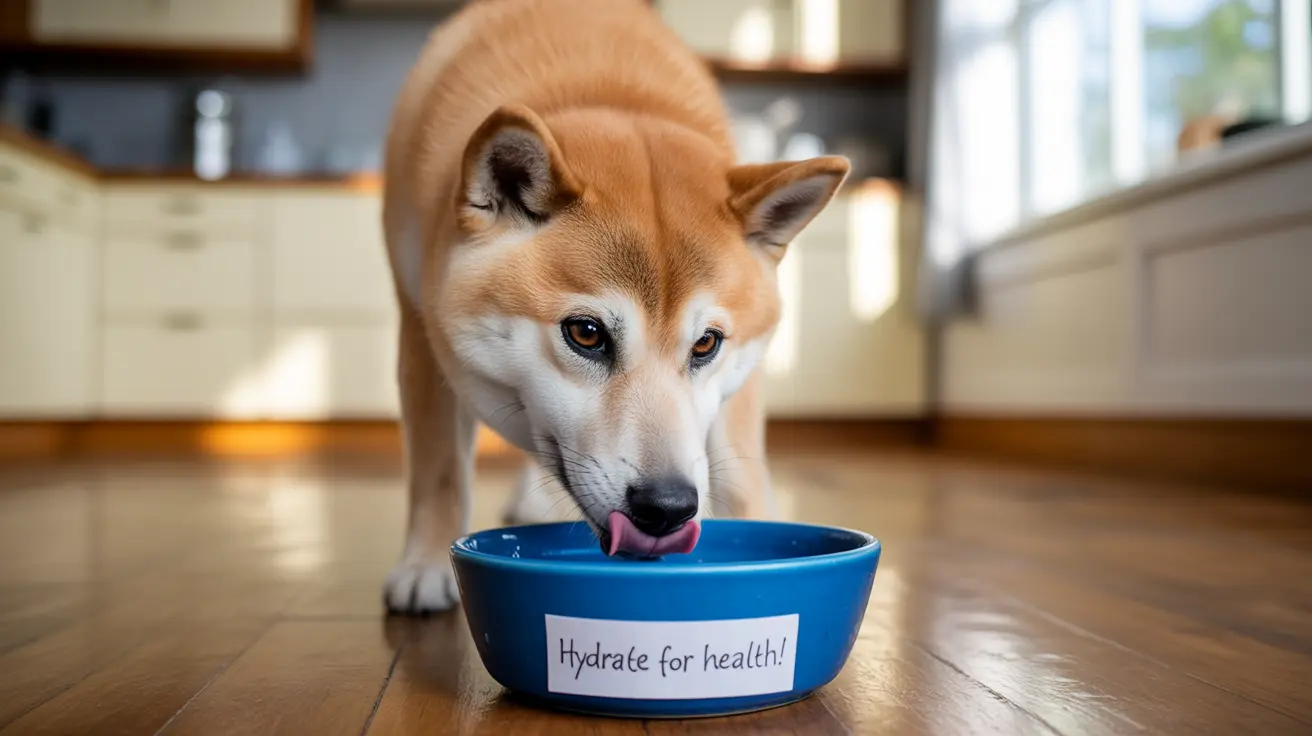If you've noticed your dog showing signs of discomfort while urinating or having accidents in the house, they might be suffering from a urinary tract infection (UTI). These bacterial infections are common in dogs and can cause significant distress if left untreated.
In this comprehensive guide, we'll explore everything you need to know about UTIs in dogs, from recognizing early warning signs to understanding treatment options and prevention strategies.
What Causes UTIs in Dogs?
Urinary tract infections in dogs primarily occur when bacteria enter and multiply in the urinary tract. The most common culprit is Escherichia coli (E. coli), though other bacteria like Staphylococcus and Streptococcus can also cause infections.
Several factors can increase your dog's risk of developing a UTI:
- Female dogs are more susceptible due to their shorter urethra
- Older dogs and those with weakened immune systems
- Dogs with underlying health conditions like diabetes or Cushing's disease
- Anatomical abnormalities or congenital defects
- Presence of bladder stones or crystals
Recognizing UTI Symptoms
Early Warning Signs
Early detection of UTIs is crucial for successful treatment. Watch for these common symptoms:
- Frequent urination or attempts to urinate
- Straining or crying out while urinating
- Blood in the urine (hematuria)
- Cloudy or strong-smelling urine
- Accidents in previously house-trained dogs
- Excessive licking of the urinary opening
Advanced Symptoms
If left untreated, UTIs can progress and cause more severe symptoms:
- Lethargy and depression
- Loss of appetite
- Fever
- Vomiting
- Lower back pain
Diagnosis and Treatment
When you suspect your dog has a UTI, veterinary attention is essential. Your vet will typically:
- Perform a physical examination
- Collect a urine sample for urinalysis
- Conduct a urine culture to identify the specific bacteria
- Prescribe appropriate antibiotics based on test results
Treatment usually involves a course of antibiotics lasting 7-14 days. It's crucial to complete the entire prescribed course, even if symptoms improve earlier.
Preventing UTIs in Dogs
While not all UTIs are preventable, you can take several steps to reduce your dog's risk:
- Ensure constant access to fresh, clean water
- Provide regular bathroom breaks
- Maintain good hygiene around the urinary area
- Address any underlying health conditions
- Consider dietary modifications if recommended by your vet
When to Seek Emergency Care
Some UTI symptoms require immediate veterinary attention:
- Complete inability to urinate
- Severe pain or distress
- High fever
- Excessive lethargy or collapse
- Prolonged vomiting
Frequently Asked Questions
Why do dogs develop UTIs more frequently than other pets?
Dogs, especially females, are prone to UTIs due to their anatomical structure. The shorter urethra in female dogs makes it easier for bacteria to travel up into the bladder. Additionally, factors like immune system health, underlying medical conditions, and exposure to bacteria can contribute to higher UTI rates in dogs.
How can I prevent recurring UTIs in my dog?
Prevent recurring UTIs by maintaining good hygiene, ensuring regular bathroom breaks, providing fresh water, and addressing any underlying health conditions. Regular veterinary check-ups and proper diet can also help prevent recurrence.
What are the most common signs of a UTI in dogs, and when should I seek veterinary care?
Common signs include frequent urination, straining while urinating, blood in urine, and accidents in the house. Seek veterinary care immediately if you notice these symptoms or if your dog shows signs of pain, fever, or inability to urinate.
How are UTIs diagnosed in dogs, and what tests are typically required?
UTIs are diagnosed through urinalysis and urine culture tests. Your vet will collect a sterile urine sample, typically through cystocentesis, to identify the specific bacteria causing the infection and determine the most effective antibiotic treatment.
What are the best ways to manage pain and discomfort associated with UTIs in dogs?
Pain management typically involves veterinarian-prescribed anti-inflammatory medications and antibiotics. Ensuring your dog has frequent opportunities to urinate and maintaining proper hydration can also help reduce discomfort. Never give over-the-counter pain medications without veterinary approval.
Conclusion
UTIs in dogs are common but manageable conditions that require prompt attention and proper treatment. By understanding the signs and maintaining good preventive care, you can help protect your dog from these uncomfortable infections. Always consult your veterinarian if you suspect your dog has a UTI, as early intervention leads to the best outcomes.






